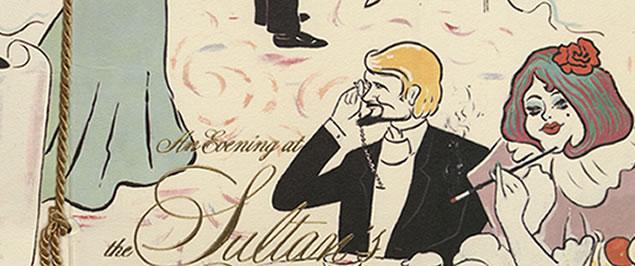Origins of the Menu as We Know It Today
As a result of the long-held reluctance of people to dine outside of the home (and the prevalence of the table d'hote or communal eating concept in inns and taverns), menus have a relatively short history as historical documents and really only date back to the late eighteenth century. Even after there were restaurants that served a variety of dishes, the physical menu was not always prevalent. Some restaurants had a chalkboard outside of the door that listed the various dishes available, or a waiter that might read out the names of dishes to patrons.
It was of course in Paris that the physical menu has it earliest development in Europe. Spang notes in her work The Invention of the Restaurant that the physical design of menus in Paris changed throughout the nineteenth century and generally followed the typographical innovations of the period. From a single large page with lots of closely-packed type in the early part of the nineteenth century (much like a newspaper), it transformed into a leather covered booklet held together with a silken cord in mid-century, and then reverted back to a single sheet design with illustrations. It should be noted that in Paris, the physical menu was often referred to as the carte (the French word for map), and in other places it was referred to as the "bill of fare" according to contemporary literature and restaurant reviews. Notwithstanding the physical construction of these items, the culinary vocabulary of these menus was often a challenge even for those that spoke French.
Both the Bettoni and Bohn Collections, dating primarily from the late nineteenth century, contain menu designs largely of the single sheet variety, with either hand drawn, printed, or embossed illustrations. A large quantity are booklet-style menus that fold over with some containing interior sheets. Wine lists are more substantial, with some designed as leather-covered booklets with gold-embossed lettering.

